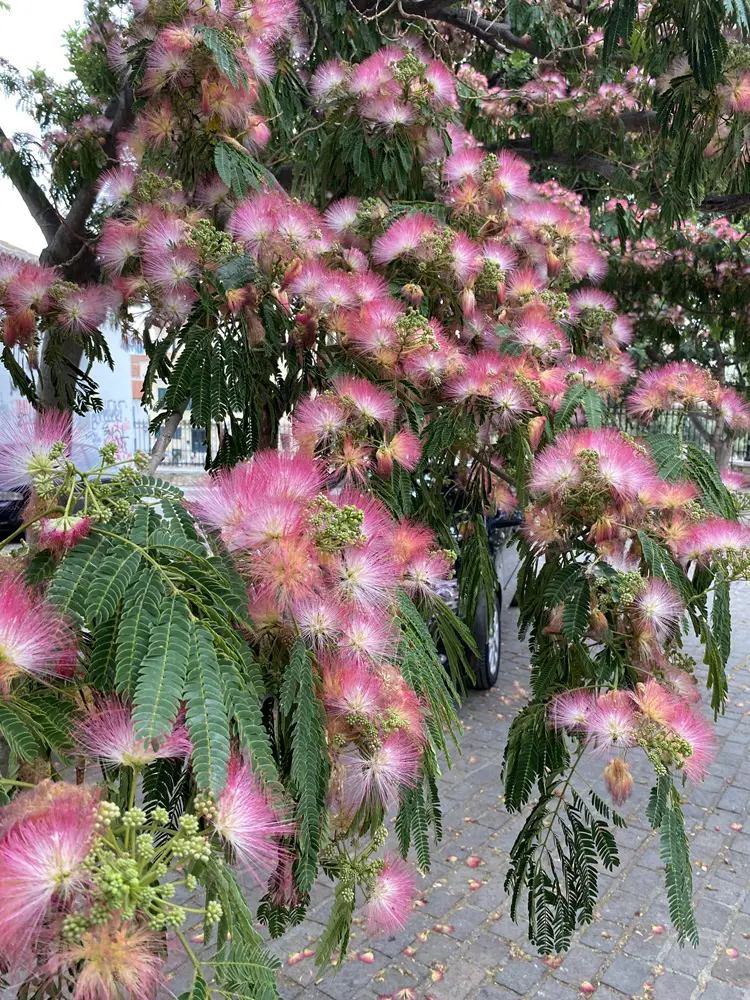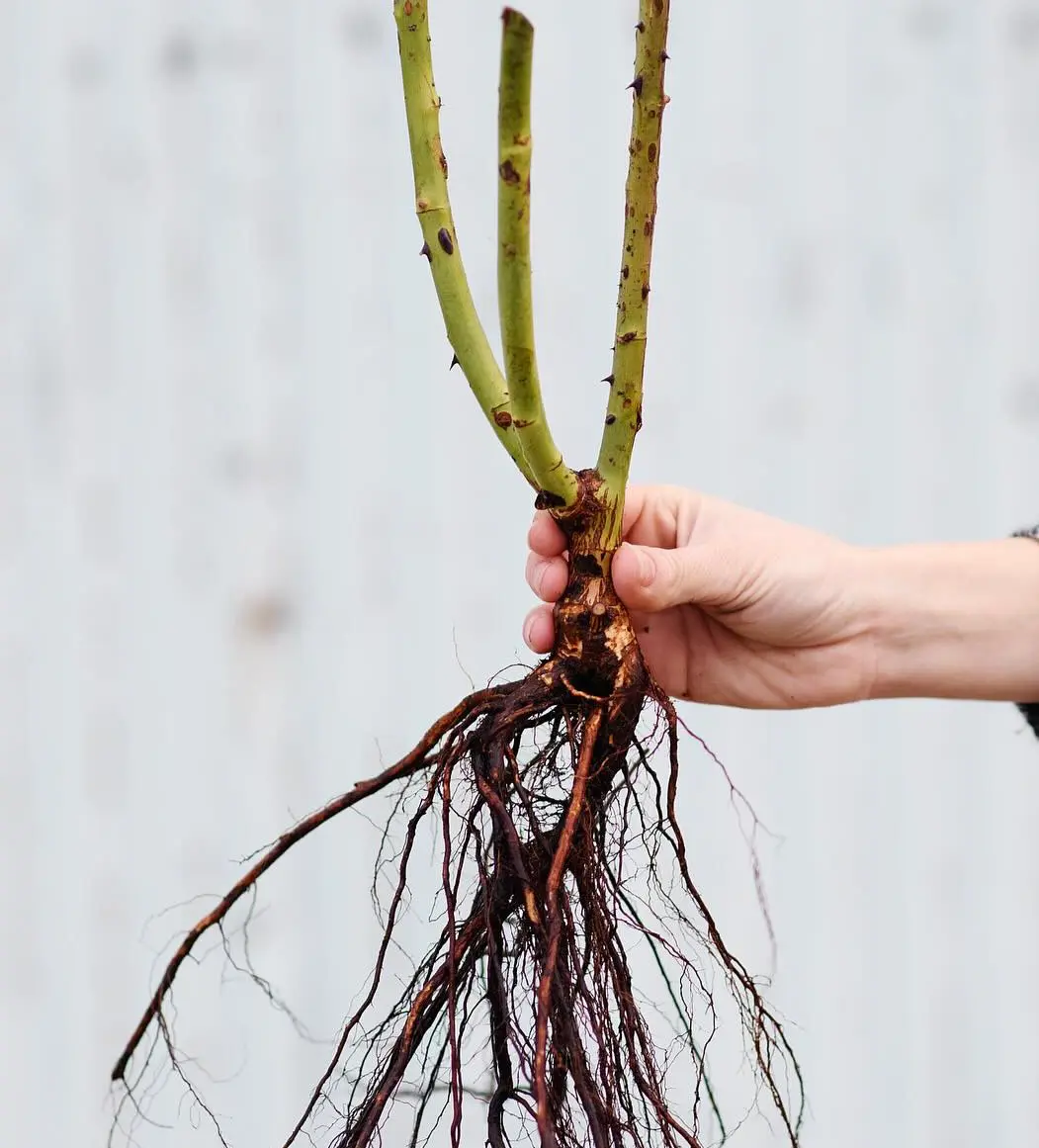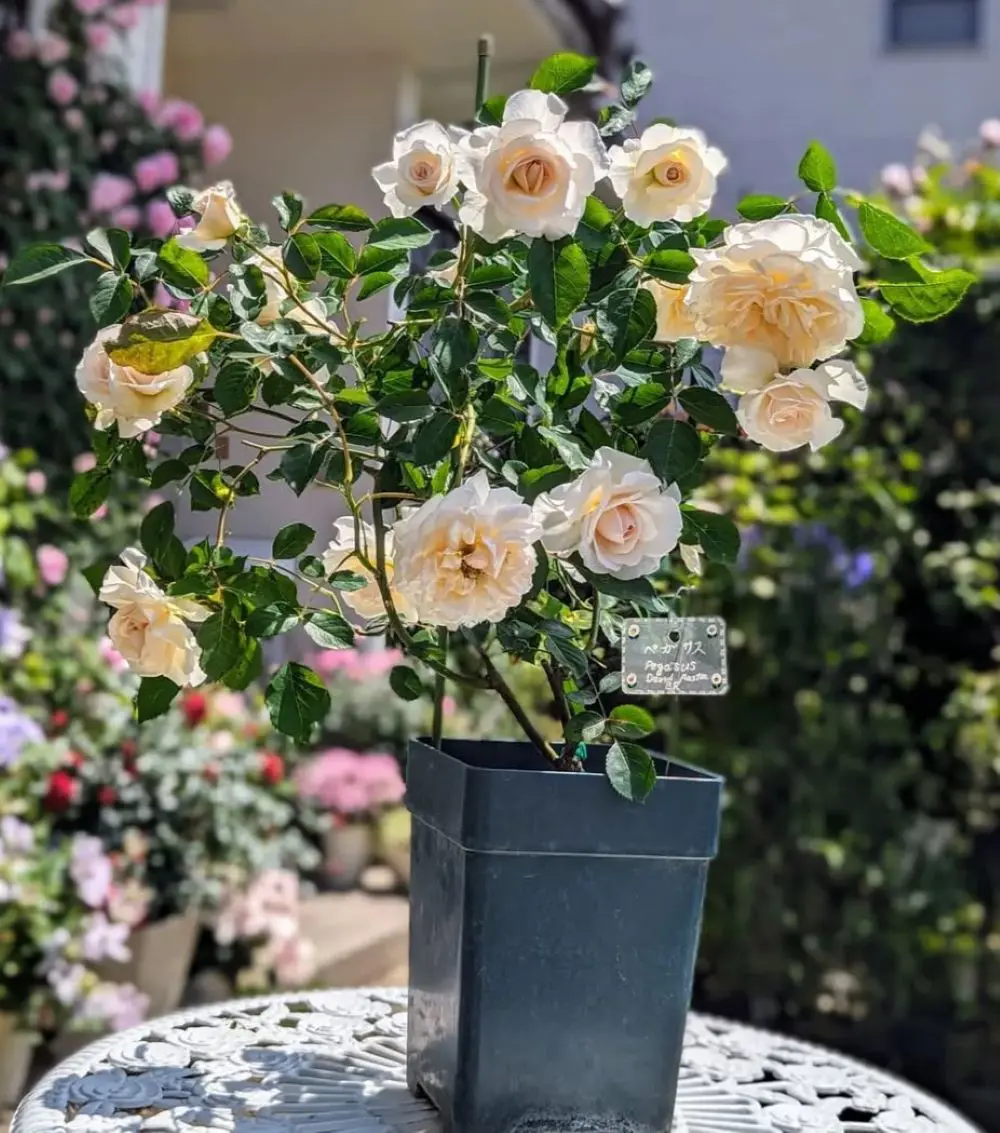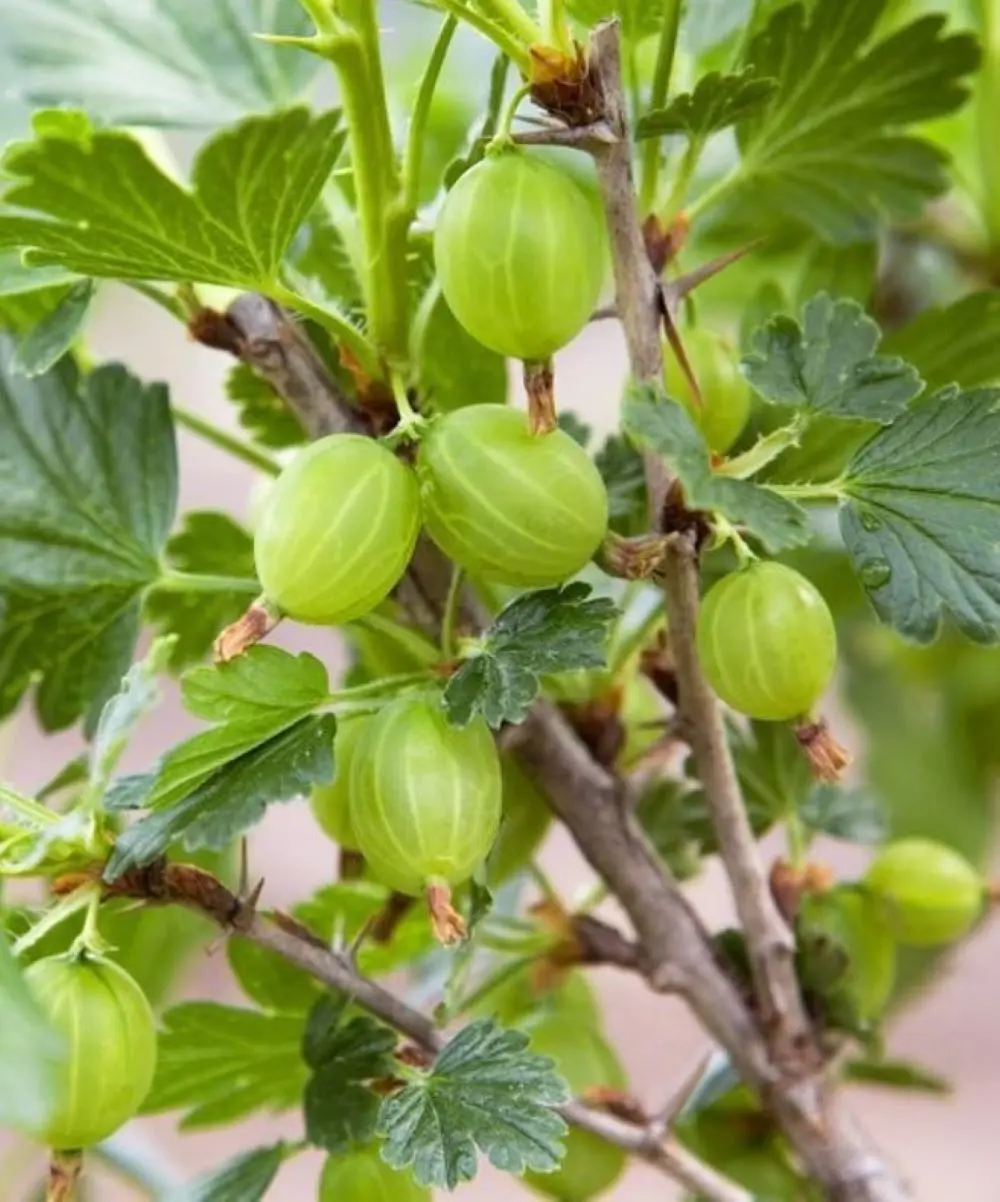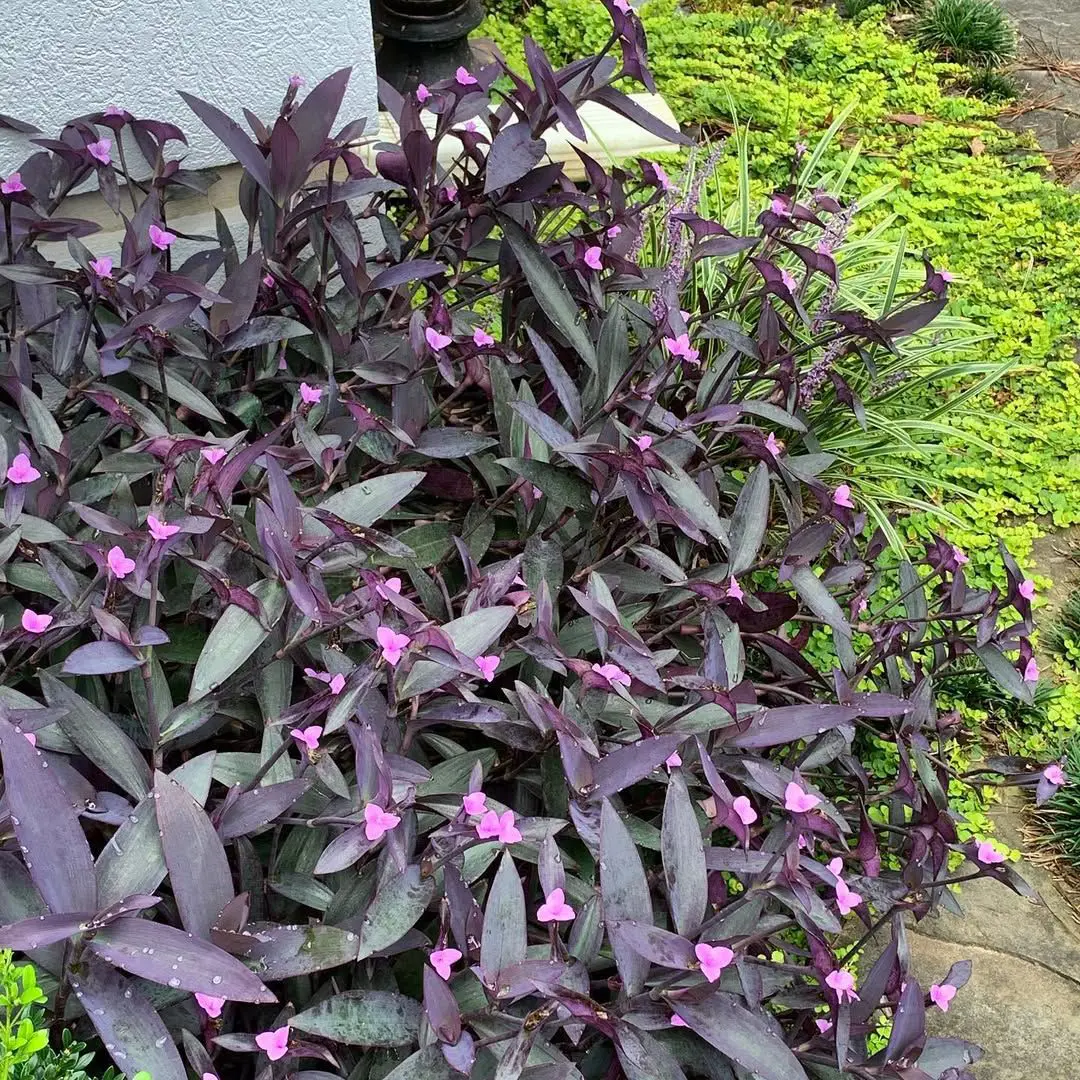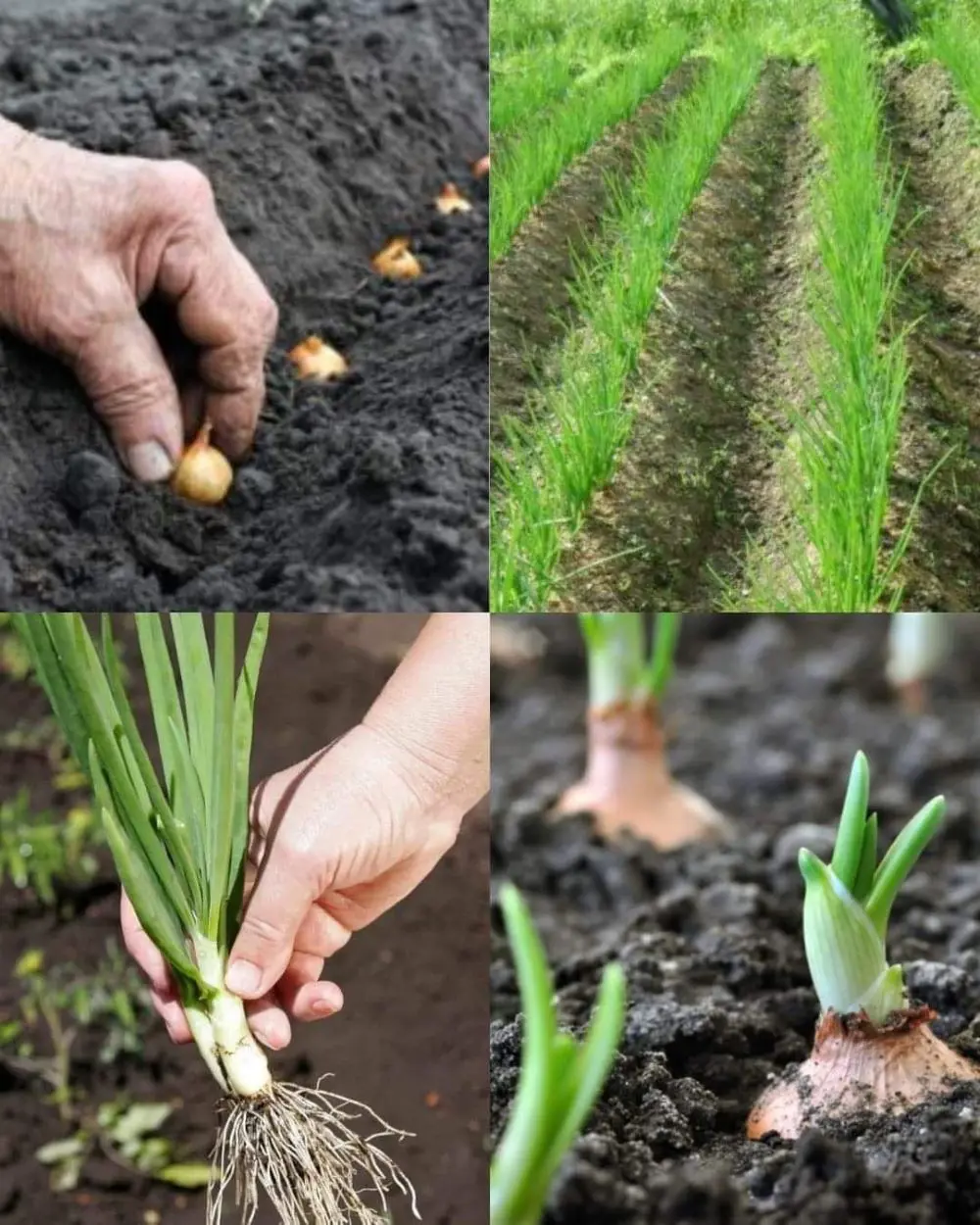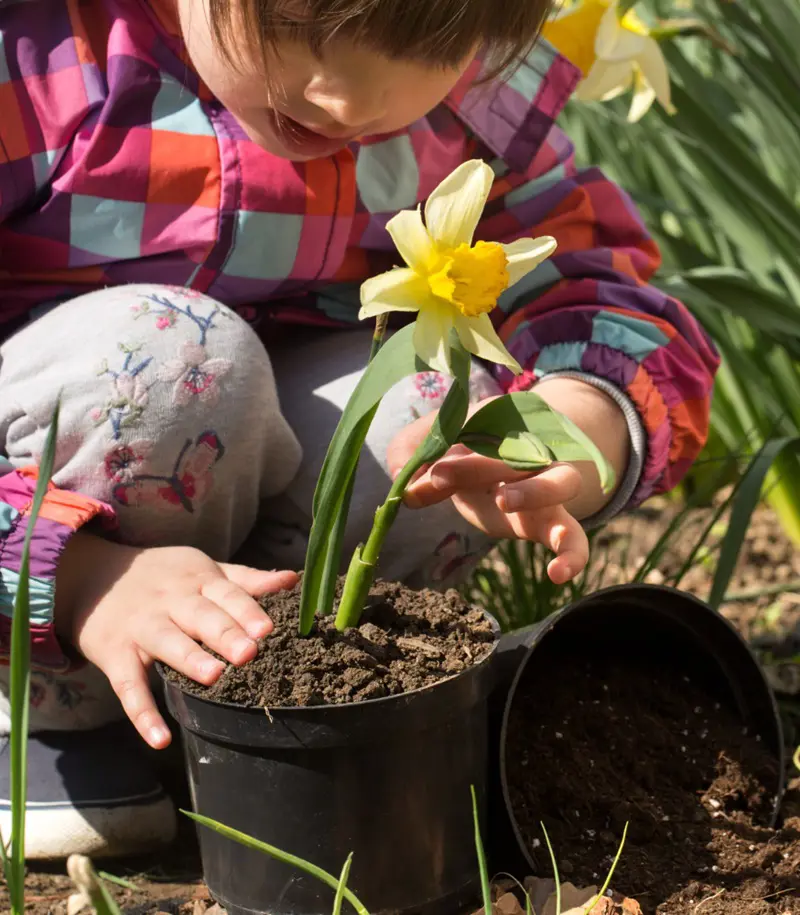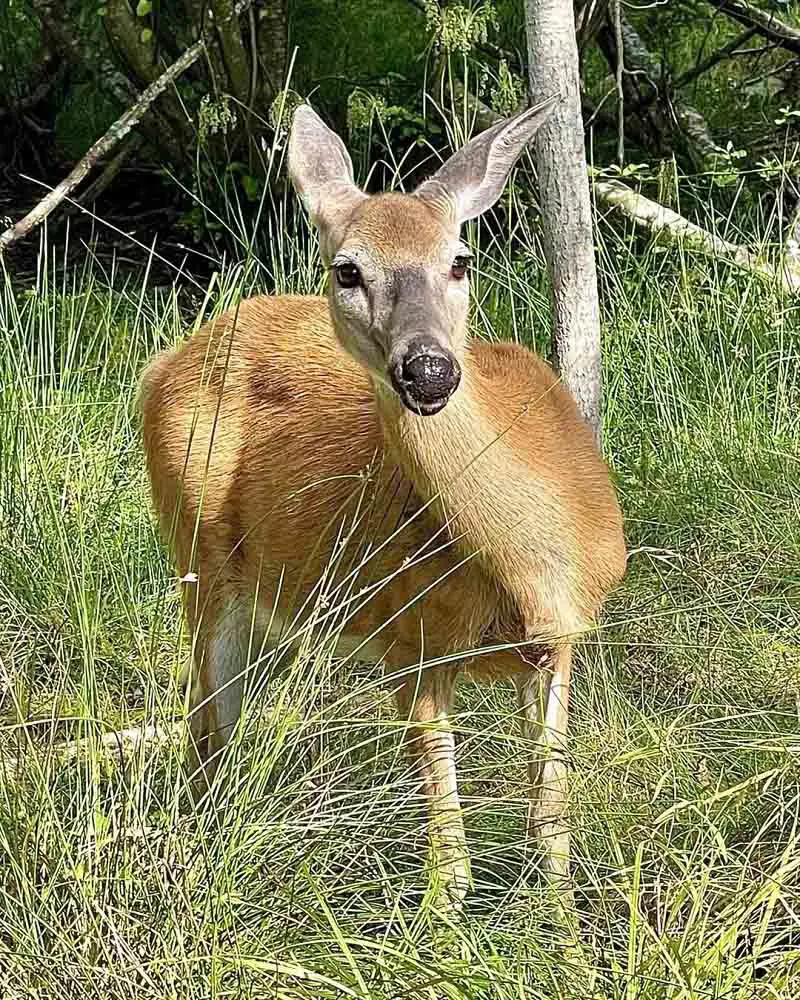Growing and caring for a mimosa tree can bring a touch of exotic beauty to any garden or landscape. Known for its delicate fern-like foliage and vibrant pink pom-pom flowers, the mimosa tree requires specific conditions and care techniques to thrive.
Whether you're a novice gardener or an experienced enthusiast, understanding the essential steps from planting to maintenance is crucial for nurturing this unique and graceful tree in your outdoor space.
What Is A Mimosa Tree?
The Mimosa tree, scientifically known as Albizia julibrissin, is a captivating ornamental tree celebrated for its stunning feathery foliage and vibrant, silky pink flowers.
Originating from Asia, particularly China, and Iran, the Mimosa tree has become a popular choice for gardeners and landscapers around the world due to its unique appearance and relatively low maintenance requirements.
Characteristics of Mimosa Tree
- Appearance: The Mimosa tree is recognized for its bipinnate leaves, which are finely divided and give the tree a delicate, fern-like appearance. The flowers are fluffy and pink, with long stamens that create a pom-pom look.
- Size: Mimosa trees typically grow to a height of 20 to 40 feet, with a similar spread. They have a broad, umbrella-shaped canopy that provides ample shade.
- Flowering Season: The tree blooms in late spring to early summer, producing a profusion of pink flowers that are not only beautiful but also attract pollinators like bees and butterflies.
- Life Span: While Mimosa trees are fast-growing, they have a relatively short lifespan of about 20 to 30 years, often succumbing to pests and diseases.
- Uses: Besides being ornamental, parts of the Mimosa tree are used in traditional medicine. The bark and flowers are known for their calming properties and are used in herbal remedies.
How To Grow Mimosa Tree?
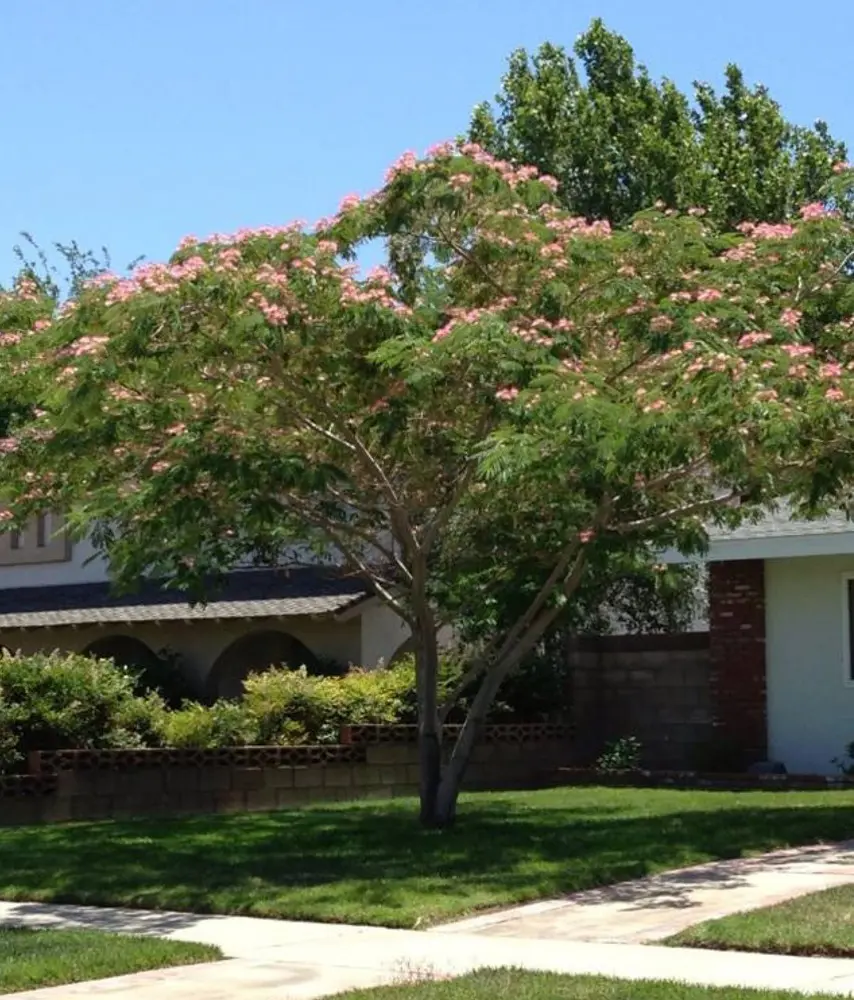
Growing a Mimosa tree can be a rewarding experience, thanks to its rapid growth and stunning floral display. Here’s a detailed guide on how to cultivate this tree successfully:
Selecting a Planting Site
- Sunlight: Mimosa trees thrive in full sun, requiring at least six hours of direct sunlight per day. Ensure the planting site receives adequate sunlight to promote healthy growth and abundant flowering.
- Soil: Although Mimosa trees are adaptable to various soil types, they prefer well-draining soil. Sandy or loamy soils are ideal. They can tolerate poor soil conditions but will not do well in waterlogged or heavy clay soils.
- Space: Choose a location with enough space for the tree to spread out. Mimosa trees have a wide canopy, so plant them at least 20 feet away from buildings, other trees, or power lines to avoid future conflicts.
Planting Process
- Timing: The best time to plant a Mimosa tree is in the spring or early fall. This allows the tree to establish its roots before the extreme temperatures of summer or winter set in.
- Digging the Hole: Dig a hole that is twice the width of the root ball and slightly shallower than the root ball’s height. This encourages the roots to spread outwards rather than downwards
- Watering: Water the tree thoroughly after planting to help settle the soil and hydrate the roots. Continue to water regularly, especially during the first growing season.
Growing Mimosa Tree from Seeds.
Propagation of Mimosa Trees
In addition to growing Mimosa trees from seeds, you can also propagate them through cuttings and root division.
Propagation from Cuttings
- Selecting Cuttings: Choose healthy, semi-hardwood cuttings from the current season’s growth. Cuttings should be about 6 to 8 inches long with several nodes.
- Preparing Cuttings: Remove the leaves from the lower half of the cuttings. Dip the cut end in rooting hormone to encourage root development.
- Planting: Plant the cuttings in a well-draining potting mix. Keep the soil moist but not waterlogged. Place the cuttings in a warm, bright location, but out of direct sunlight.
- Care: Maintain high humidity around the cuttings by covering them with a plastic bag or placing them in a propagator. Once roots have developed, usually in a few weeks, gradually acclimate the new plants to outdoor conditions before transplanting.
Propagation by Root Division
- Timing: The best time for root division is in early spring before new growth begins.
- Digging Up the Tree: Carefully dig up the Mimosa tree, ensuring you don’t damage the roots.
- Dividing the Roots: Use a sharp knife or spade to divide the root ball into sections, each with several healthy roots and shoots.
- Replanting: Plant the divided sections in prepared holes with well-draining soil. Water thoroughly to help establish the new plants.
Propagation by Seed
- Collecting Seeds: Harvest seeds from mature Mimosa pods in late summer or early fall. The pods will turn brown and dry when they are ready to be collected.
- Scarification: Mimosa seeds have a hard outer coat that needs to be sacrificed to enhance germination. Rub the seeds with sandpaper or nick them with a knife to break the seed coat.
- Planting: Plant the seeds in a seed tray or pots filled with a well-draining seed-starting mix. Sow the seeds about 1/4 inch deep and cover lightly with soil.
- Germination: Place the seed trays in a warm, bright location. Keep the soil consistently moist but not waterlogged. Germination typically occurs within two weeks.
- Transplanting: Once the seedlings have grown a few inches tall and have developed a couple of sets of true leaves, they can be transplanted to their permanent location outdoors.
Where Do Mimosa Trees Grow?
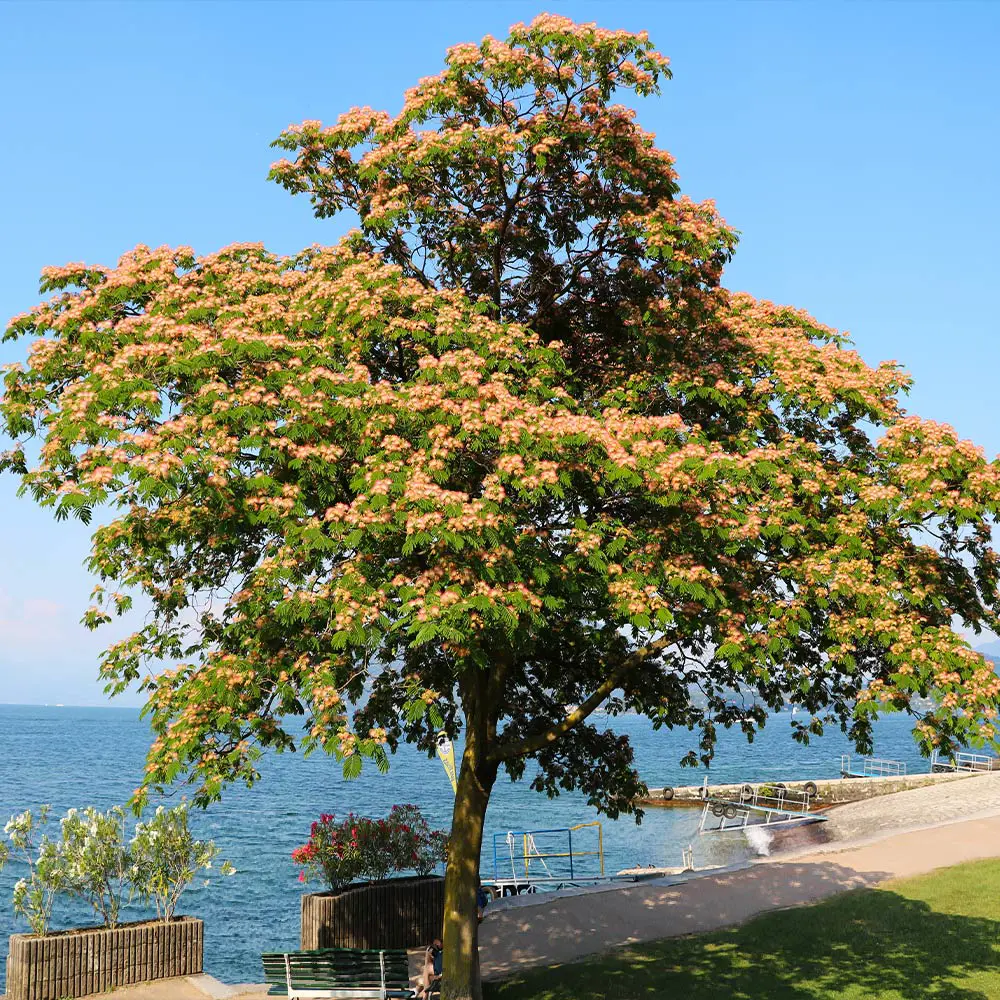
Mimosa trees are quite adaptable and can thrive in various climates and regions. However, they have specific preferences and requirements for optimal growth.
Climate
- USDA Hardiness Zones: Mimosa trees grow best in USDA hardiness zones 6 through 10. They can tolerate some cold but may suffer in regions with extremely harsh winters.
- Temperature: These trees prefer warm temperatures and can withstand summer heat. They are also drought-tolerant once established, making them suitable for arid regions.
Geographical Distribution
- Native Range: The Mimosa tree is native to Asia, specifically from Iran to China. It has been widely cultivated in other parts of the world due to its ornamental value.
- Naturalized Regions: In the United States, Mimosa trees have naturalized in the southeastern states, from Florida to Texas and northward to New Jersey. They are often found along roadsides, in urban landscapes, and in disturbed areas.
- Invasive Potential: In some regions, Mimosa trees are considered invasive due to their ability to spread rapidly and outcompete native vegetation. It's important to check local guidelines and regulations before planting them.
Soil and Water Requirements
- Soil: Mimosa trees are not particularly fussy about soil type but perform best in well-draining soils. Avoid heavy clay or waterlogged areas.
- Water: While they are drought-tolerant, Mimosa trees benefit from regular watering during dry spells, especially when young. Established trees can usually rely on natural rainfall.
Mimosa Tree Care
Proper care and maintenance are essential to keep your Mimosa tree healthy and vibrant. Here’s how to care for your Mimosa tree effectively:
Watering
- Young Trees: Newly planted Mimosa trees require regular watering to establish their root systems. Water them deeply once a week, adjusting based on rainfall and soil moisture levels.
- Established Trees: Once established, Mimosa trees are drought-tolerant but will benefit from occasional deep watering during prolonged dry periods.on pests like Mimosa webworms and aphids. Use insecticidal soap or neem oil for minor infestations. For severe infestations, consult a professional arborist.
Winter Care
- Mulching: Apply a layer of mulch around the base of the tree in late fall to insulate the roots and retain soil moisture. Keep the mulch a few inches away from the trunk to prevent rot and rodent damage.
- Protection: In areas with harsh winters, consider wrapping the trunk with burlap or tree wrap to protect it from extreme cold and frost damage. This is particularly important for young trees.
- Watering: Water the tree well before the ground freezes to ensure it has adequate moisture throughout the winter. Avoid watering during freezing temperatures to prevent ice formation around the roots.
Pest And Disease Management
Mimosa trees, also known as Albizia julibrissin, are susceptible to a few common pests and diseases that can affect their health and appearance. Being aware of these issues and their solutions can help you maintain a healthy mimosa tree in your garden:
1. Mimosa Webworm (Homadaula anisocentra):
- Symptoms: Small webbing on branches, skeletonized leaves, and defoliation.
- Solution: Prune affected branches and destroy webs. Insecticides can be used for severe infestations.
2. Mimosa Wilt (Fusarium oxysporum):
- Symptoms: Yellowing and wilting of leaves, branch dieback, and eventual death of the tree.
- Solution: There is no cure once infected. Remove and destroy affected trees to prevent spread. Plant resistant varieties and maintain good soil drainage.
3. Mimosa Bark Scale (Ceroplastes ceriferus):
- Symptoms: White, waxy scales on bark, reduced vigor, and branch dieback.
- Solution: Prune and dispose of heavily infested branches. Use horticultural oil in early spring to suffocate scales.
4. Mimosa Fusarium Wilt (Fusarium oxysporum f.sp. perniciosum):
- Symptoms: Yellowing and wilting of leaves, vascular discoloration, and branch dieback.
- Solution: Remove and destroy infected trees. Choose resistant cultivars and ensure good soil drainage.
5. Powdery Mildew (Erysiphe spp.):
- Symptoms: White powdery fungal growth on leaves, which can distort growth and cause leaf drop.
- Solution: Improve air circulation around the tree. Apply fungicidal sprays containing sulfur or potassium bicarbonate if necessary.
6. Mimosa Twig Borer (Hypsipyla grandella):
- Symptoms: Entry holes and tunnels in twigs and branches, leading to dieback.
- Solution: Prune and destroy infested branches. Apply appropriate insecticides to control larvae.
7. Leaf Spot Diseases (Various fungi):
- Symptoms: Brown or black spots on leaves, which may coalesce and cause premature leaf drop.
- Solution: Remove fallen leaves and prune affected branches. Apply fungicides if necessary, following label instructions.
8. Aphids and Scale Insects:
- Symptoms: Sticky honeydew on leaves, distorted growth, and sooty mold.
- Solution: Use insecticidal soap or neem oil to control aphids. Scale insects may require horticultural oil application.
9. Root Rot (Various fungi):
- Symptoms: Wilting, yellowing leaves, and overall decline in tree health.
- Solution: Improve soil drainage to prevent waterlogged conditions. Avoid overwatering and apply fungicides if necessary.
Common Problems and Solutions
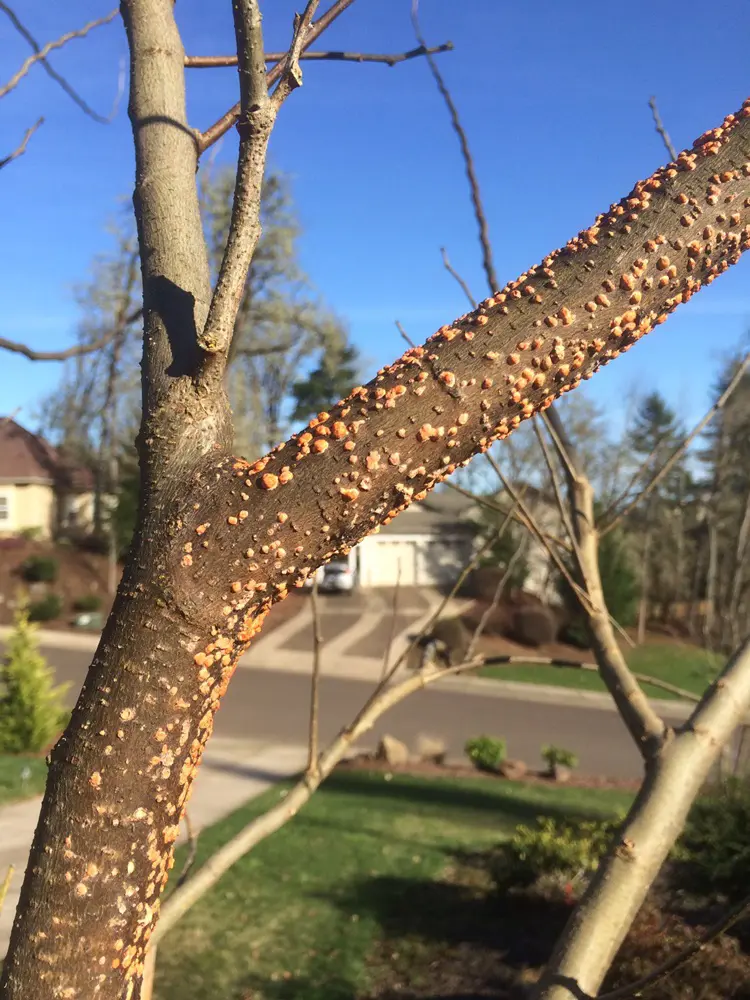
Despite being relatively low-maintenance, Mimosa trees can face several challenges. Here are some common problems and their solutions:
Yellowing Leaves
- Causes: Yellowing leaves can be caused by overwatering, poor drainage, nutrient deficiencies, or diseases like Fusarium wilt.
- Solutions: Check the soil moisture and adjust watering practices. Ensure the soil drains well and amend if necessary. Conduct a soil test to identify nutrient deficiencies and fertilize accordingly. If Fusarium wilt is suspected, remove and destroy the affected tree to prevent spread.
Leaf Drop
- Causes: Leaf drop can result from stress, improper watering, or pest infestations.
- Solutions: Ensure the tree is watered properly, especially during dry spells. Check for pests and treat accordingly. Provide adequate nutrients and avoid unnecessary stress to the tree.
Bark Damage
- Causes: Bark damage can be caused by physical injury, pests, or diseases.
- Solutions: Protect the tree from physical damage by using mulch and tree guards. Monitor for pests and treat them as necessary. Prune and remove any damaged or diseased branches to prevent further issues.
Sparse Flowering
- Causes: Sparse flowering can be due to insufficient sunlight, poor soil conditions, or over-fertilization with high-nitrogen fertilizers.
- Solutions: Ensure the tree receives adequate sunlight by removing any obstructions. Improve soil conditions with organic matter and balanced fertilizers. Avoid high-nitrogen fertilizers and follow a proper fertilization schedule.
Pest Infestations
- Common Pests: Mimosa webworms, aphids, and spider mites are common pests that can affect Mimosa trees.
- Solutions: Monitor regularly for pest infestations. Use insecticidal soap, neem oil, or horticultural oil for minor infestations. For severe infestations, consult a professional arborist or use appropriate chemical treatments.
